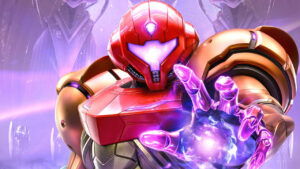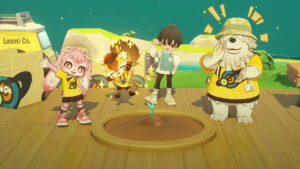My first Dragon Quest experience came from the 2001 release, Dragon Quest VII. I was drawn to the striking resemblance the main characters had to the legendary Akira Toriyama designs in Dragon Ball, and the promise of a world-spanning adventure as epic as the Final Fantasy titles (and Super Mario RPG) before it. Admittedly, at the height of my adolescence, I couldn’t stay focused on the quest because of what I perceived as “bloated pacing” and busywork, so I ended my adventure without finishing.
When Dragon Quest VII Reimagined was announced, fate steered me back into the light. I was meant to return to the quest I abandoned more than 20 years ago. So when Square Enix offered the opportunity to take an early look at Dragon Quest VII Reimagined, I jumped at the chance to see what two decades of innovation could bring to a title I had long forgotten. Thankfully, Dragon Quest VII Reimagined delivers exactly what was promised. Reimagined brings back a legendary adventure with respect for the player, offering fresh visuals and improvements that make Dragon Quest VII equal parts gorgeous presentation and strategic gameplay, without starting from scratch.

I was dropped into the middle of Dragon Quest VII Reimagined’s storyline, where our heroes were forced to contend with the mysterious town of Wetlock. I stepped outside the town to test the improved battle system and was shocked. In the PlayStation version of Dragon Quest VII, the battle system used by Square didn’t include physical representations of your party like in the SNES classic EarthBound.
“Dragon Quest VII Reimagined delivers exactly what was promised.”
In Dragon Quest VII Reimagined, the battle system and graphics from Echoes of an Elusive Age are here in full effect, and Dragon Quest flexes its newfound visual muscles with flair. The Hero and company have full combat animations, and when party member Aishe uses buff skills, auras surround characters and the buffs appear under each name. This is similar to the Nintendo 3DS release of Dragon Quest VII in 2016, but Reimagined’s UI is far cleaner and more polished.
The design team took things a step further. Dragon Quest VII Reimagined’s main cast were hand-crafted as real-life dolls, then scanned into the game to bring the world to life. The attention to detail cannot be overstated; everything, down to the animations for portals, has been reworked to breathe new energy into Reimagined.
These dolls are placed within a completely redone, diorama-style aesthetic for the many environments of Dragon Quest VII Reimagined, and the result is an atmosphere saturated with character and colour. Dragon Quest VII Reimagined looks damn good. All enemies can be seen before encounters occur, letting players dodge fights before they begin, and monsters appear far more menacing in dungeons.
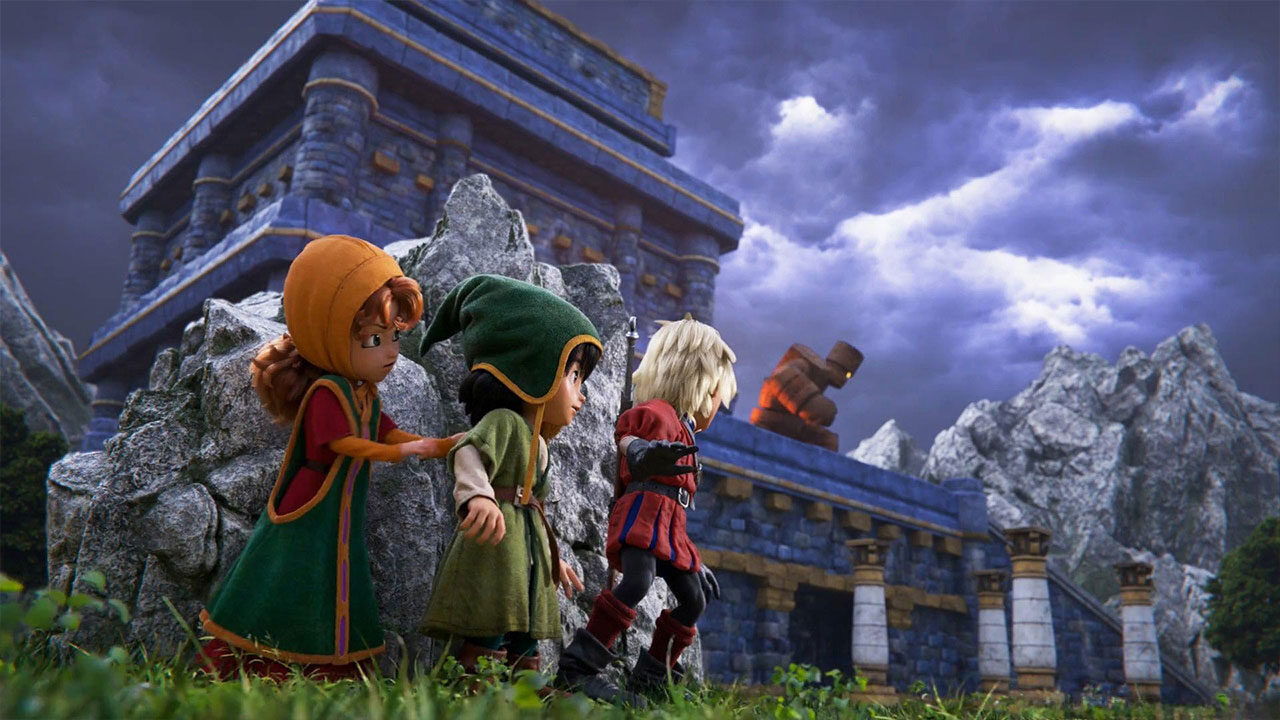
Back in Wetlock, my party was invited to spend the night at the local inn, and I obliged. During the night, a mysterious bard began playing music from a torban in the town square to open a portal and hypnotize the townspeople, taking them away without explanation. Aishe explains that using a torban to abduct the townspeople is “an insult,” and says we must give chase to the bard. Before the portal could close, we rushed through to see what he was up to.
With each passing scene, I cannot overstate the stunning storybook aesthetic Reimagined brings to the table. While the Nintendo 3DS introduced the battle system now present in Reimagined, this version offers a complete overhaul of the 3D design. It is saturated with colour, striking visuals and a fully reworked soundtrack that has never sounded better. Each scene in Dragon Quest VII Reimagined feels much stronger than in previous releases because of the new aesthetic, and each moment leaves a lasting impression on the player through its visual flair.
These quality-of-life changes become even more apparent during combat. Instead of the small, unwieldy menus from the previous Dragon Quest VII releases, Reimagined provides easy-to-read menus with enough information to know exactly what you are doing. Before the rework, an attack like Frizz Cracker would simply cast and deal damage. Now, Square Enix includes a description of what each attack does, giving players clear information before committing to a turn.
This supports the player’s strategy rather than relying on memory, which is a relief for anyone locked in battle. I often struggled to remember which Frizz variant targeted the entire enemy group, and now I can rely on Reimagined’s improved UI instead of guesswork. On top of simplifying combat—or avoiding it altogether—I was able to switch vocations instantly in Dragon Quest VII Reimagined.
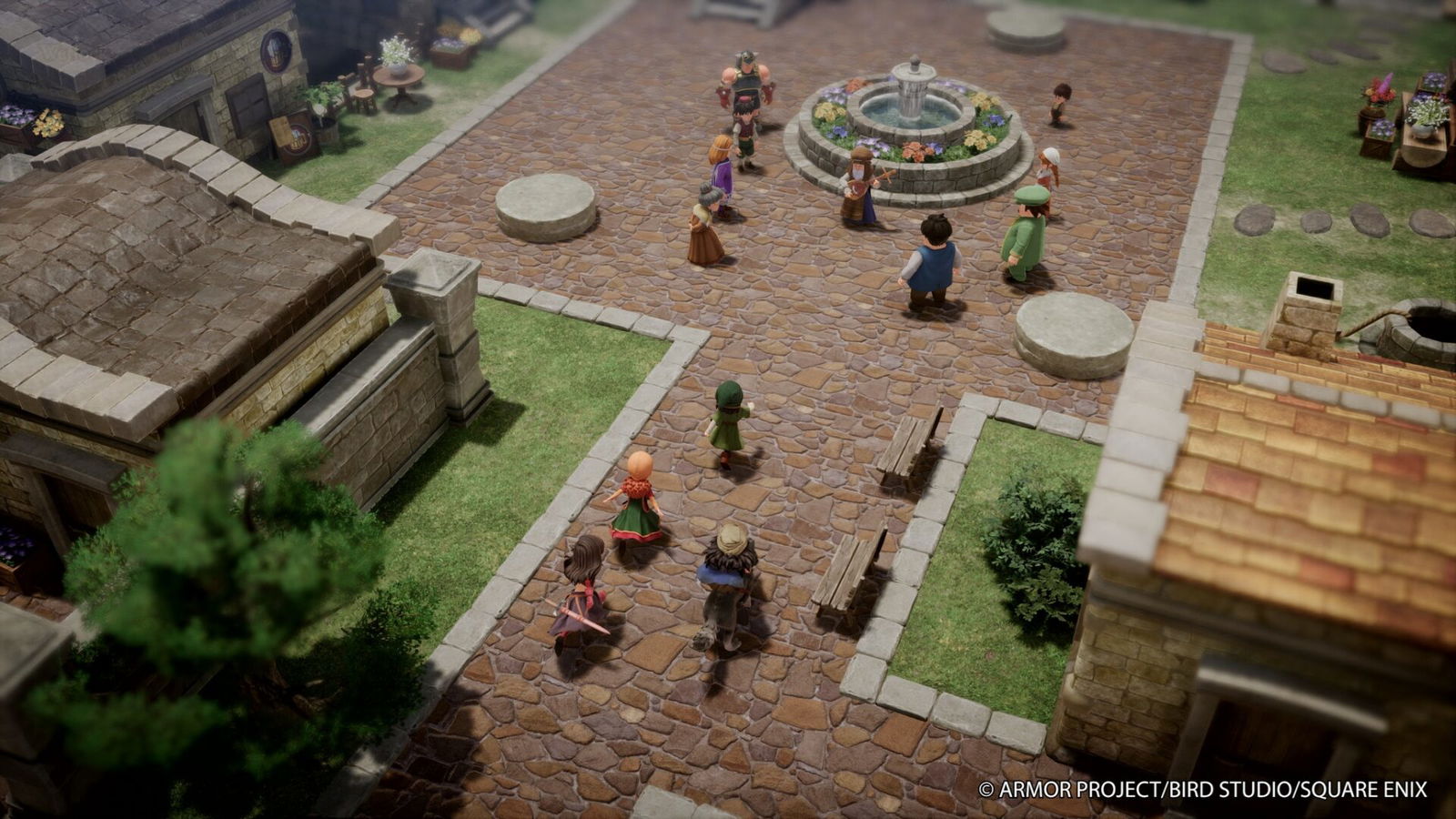
In 2001, my party was forced to travel to Alltrades Abbey, once party members reached level 20 or higher, to adjust vocations. Dragon Quest VII Reimagined removes that busywork and lets players change vocations on the fly, even allowing characters to use two at once. While it may seem minor, this saves adventurers considerable time otherwise spent travelling to and from Alltrades Abbey every time they want a new job. Navigating menus simply feels better now.
“Dragon Quest VII Reimagined looks damn good.”
Getting into battles is now avoidable, but combat has never been better in Dragon Quest VII Reimagined. Physical representations of each character include facial expressions and indicators that show which afflictions are affecting whom. These details guide players toward making strategic choices in battle, so instead of taking another swipe at an enemy, healing or clearing Ruff’s poison might be the better option. While all this information may sound overwhelming, the developers of Dragon Quest VII Reimagined handle each screen with consistent care, offering enough detail without burdening the player. These additions allow the turn-based combat to shine instead of isolating players in deep menu navigation.
After battling through the tower, the teleporter brought our party to, we learn the bard is named Riffer, and he foresaw the arrival of a powerful demon, Gracos. Gracos threatens to sink the continent into the ocean unless he is stopped, and because of Riffer’s advanced age, he cannot face the menace alone. He enlists our party to fight Gracos, hoping to prevent flooding and keep casualties low. This is why Riffer hypnotized and kidnapped the entire town of Wetlock—to save them. I must admit, I thought Riffer seemed suspicious at first. He did kidnap the whole town.
Dragon Quest VII Reimagined is far ahead of its predecessors in every respect, but in the confrontation with Gracos at the Sunken Citadel, the difference becomes unmistakable. Gracos is fully voice acted with a menacing tone, and this characterization enhances his villainy beyond anything consoles could deliver in 2001, letting new players experience the confrontation without the legibility issues of more than 20 years ago. Gracos moves with purpose, and each attack feels like a pointed insult to your ability to survive.
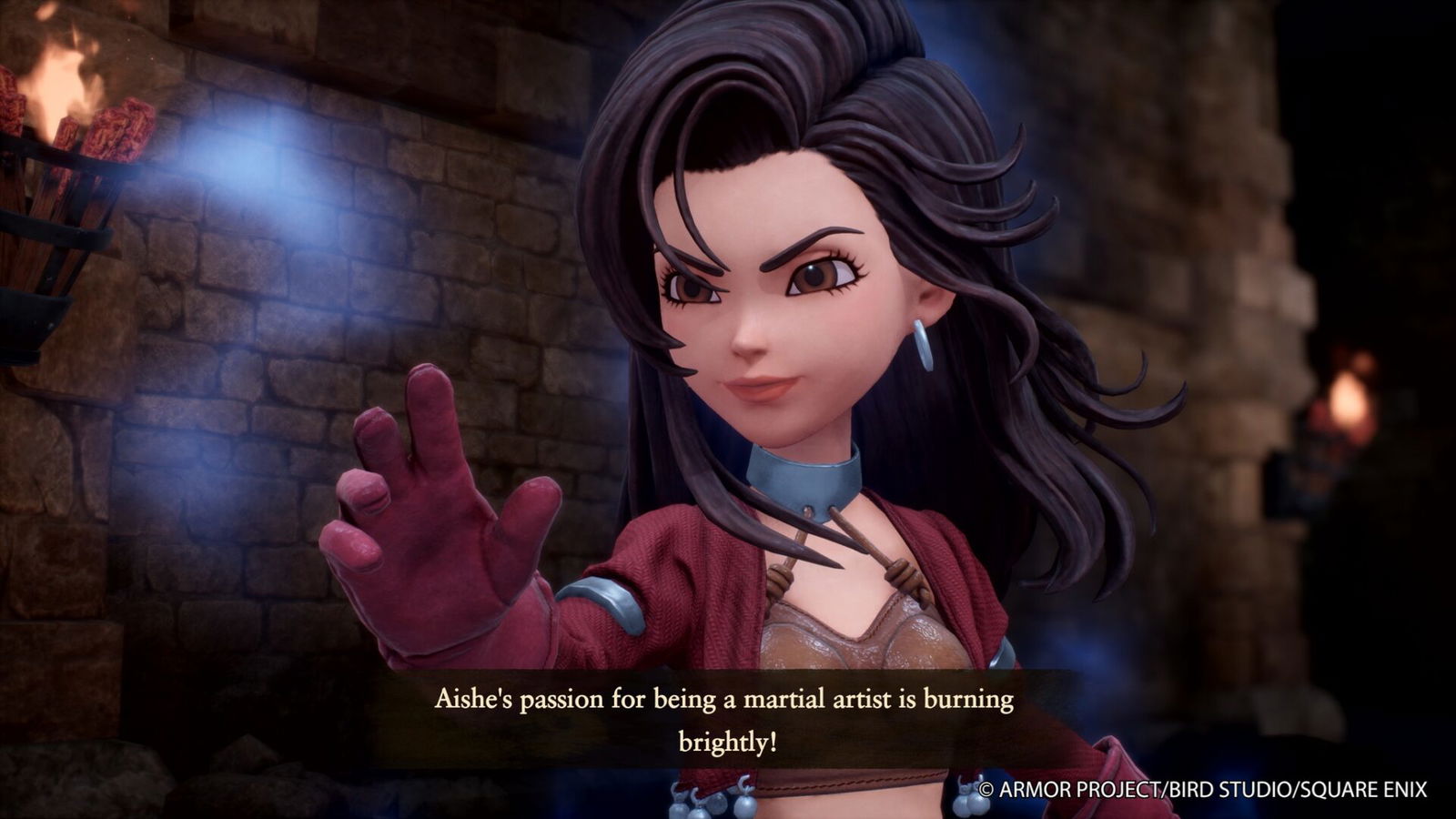
Before fighting Gracos, Old Man Riffer performs another musical number on his torban and lays summoned spirits—likely victims of Gracos—to rest. The improved visual fidelity and sound design fill this scene with emotion, offering grace to the departed spirits who did not survive Gracos’ initial assault. Dragon Quest VII Reimagined adds extra weight to these moments, raising the stakes for your party higher than ever.
“Dragon Quest VII Reimagined removes that busywork and lets players change vocations on the fly.”
Gracos is a genuine skill check, and players will need more than physical attacks to come out on top. He laughs maniacally while swinging his trident to damage the entire party, so the Hero and company must balance buffs, attacks, healing and defence to bring him down. Old Man Riffer joins the battle and supports the party by playing music to strengthen them while also landing physical blows against the Anti-Poseidon. As the fight wears on, Gracos grows more aggressive, using stronger attacks and effects to keep you alert, and each surviving turn feels like an applause-worthy moment. After defeating Gracos, I had to put the controller down and reflect on the small journey I had just completed.
Dragon Quest VII Reimagined shows that the future of the Dragon Quest series may be tied to its past. I previously gave up on Dragon Quest VII for the PlayStation because of what I considered mid-game bloat. Hard-to-read menus and mundane mini-quests—such as changing your vocation—made getting through the original more tedious than fun.
From what I played of Dragon Quest VII Reimagined, Square Enix solves all of the original’s issues and more. Gorgeous visuals burst with colour, additions from the Nintendo 3DS version (including the party member Aishe) return in Reimagined, and vocations can be changed instantly. Random encounters now appear on the overworld, letting players run before engaging, and the menu system has been completely redesigned for readability.
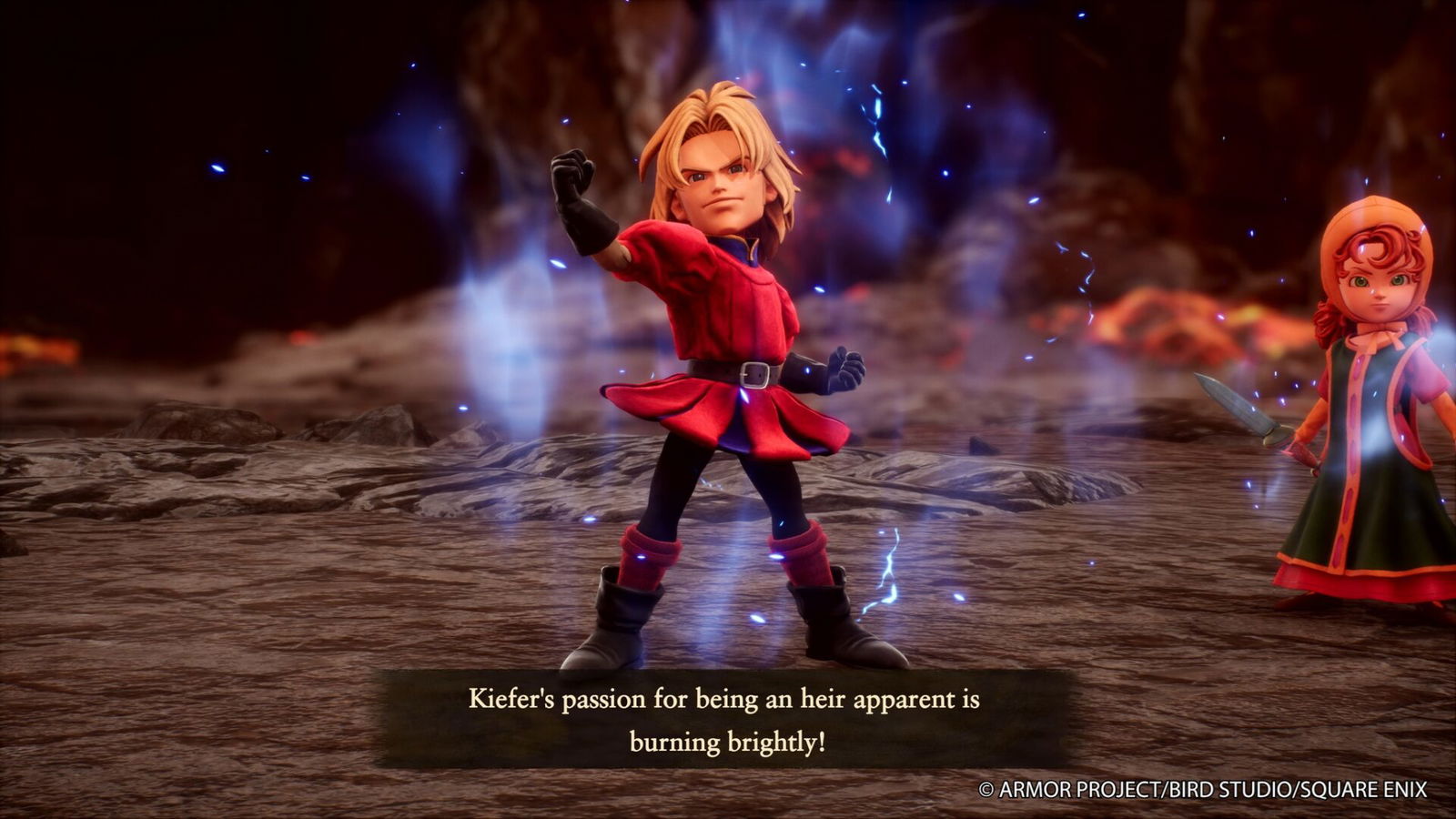
With so many improvements, Dragon Quest VII Reimagined invites even the most disheartened fan of the original to come back and give it another chance. This time, I could not put the controller down until I had to. Dragon Quest VII Reimagined launches on Feb. 5, 2026, and that is when I will finally vindicate my younger self for not finishing the adventure in the first place.


